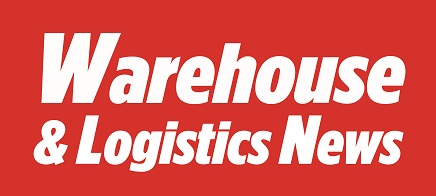Ged Cairns, Head of Speciality Printing Solutions (SPS) at Brother UK, explains how print technology is introducing new efficiencies to the warehouse and logistics sector.
 It’s exciting to be back at the Multimodal event and to see it bigger than ever.
It’s exciting to be back at the Multimodal event and to see it bigger than ever.
The show highlights the key successes and new innovations in the transport sector, but it’s also a forum for us all to tackle the challenges impacting firms operating across a range of supply chains.
The macro-economic pressures – such as delays in supply chains, labour shortages and stubbornly high materials prices – are all familiar. But the longer they persist, the more they squeeze profit margins and force firms to pay more than usual for equipment, resources and stock. But solutions exist.
Technology that’s truly fit for purpose, including printing, plays an important role in protecting margins. At Brother, we design printing technology that helps to relieve pressure by making operations smoother, more efficient and cost-effective.
We’ve developed a range of solutions, from industrial, high-volume machines to handheld labelling devices for users on the move, to bolster logistics firms’ efforts to boost productivity.
For example, an efficient logistics operation relies on label printing to ensure that products are efficiently picked, packed and delivered to their customers. Speed is key here, as the sector gets ever-more competitive and customers become increasingly accustomed to same- or next-day delivery.
Businesses are changing tact to respond to this, including by assessing how they can equip staff to print more efficiently on the warehouse floor. One solution is printing on the move.
Our RJ range – available to view on our stand 7090 this week – are wireless, portable label printers that enable employees to print on the spot. This allows staff to shorten the distance they travel around the warehouse by eliminating the need to return to a fixed-location printer at an aisle-end. As a result, the picking process speeds up and the risk of mislabelling is lowered.
Some businesses that have introduced mobile labelling are clawing back as much as 80 hours of staff time per month as a result.
Labelling advancements are helping transport and logistics operators to solve other challenges too. For example, linerless labels are growing ever more popular as businesses seek to cut waste. Linerless labels differ from the format that many are used to because they don’t use the backing – or liner – paper which labels typically come attached to.
Going linerless also increases the yield of labels per roll, and in turn means users don’t need to replenish labels in devices as often. Plus, it reduces the risk of trip hazards from backing discarded on the floor.
Each of these small changes to businesses’ operations can make a big difference. Shows like Multimodal bring together every corner of the sector to pool ideas and to innovate together. This collaboration is what will help move the dial for firms looking to overcome the challenges of today and to prosper.
Labelling is a small but crucial part of the infrastructure that keeps logistics firms moving. And at Brother, we live for the label. When we work hand-in-hand with partners, we can glue firms’ operations together by creating workflows that are quick, simple and easy for businesses.
To learn more about our solutions and how we can help you unlock productivity gains, visit us at stand 7090.




Comments are closed.